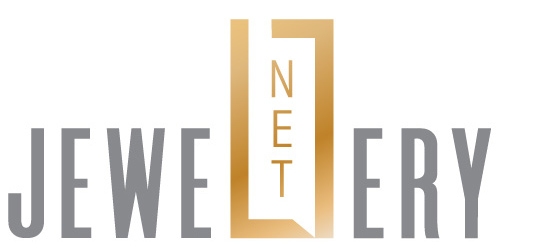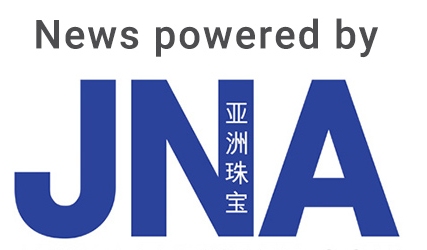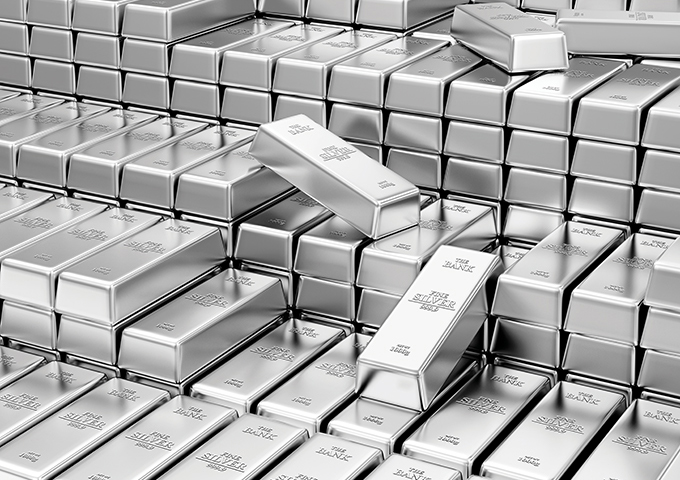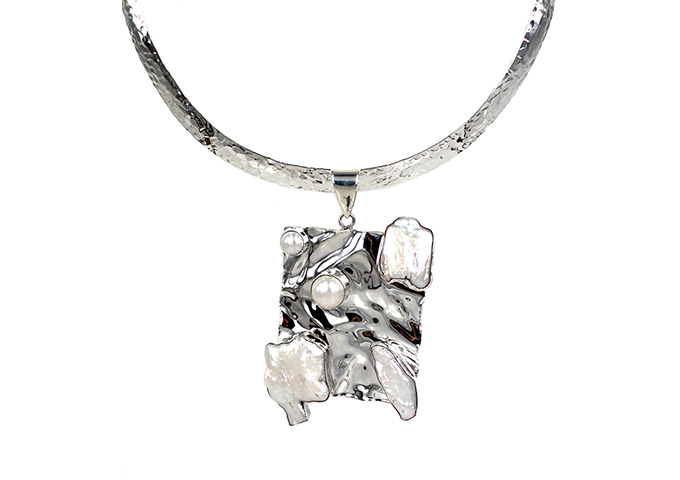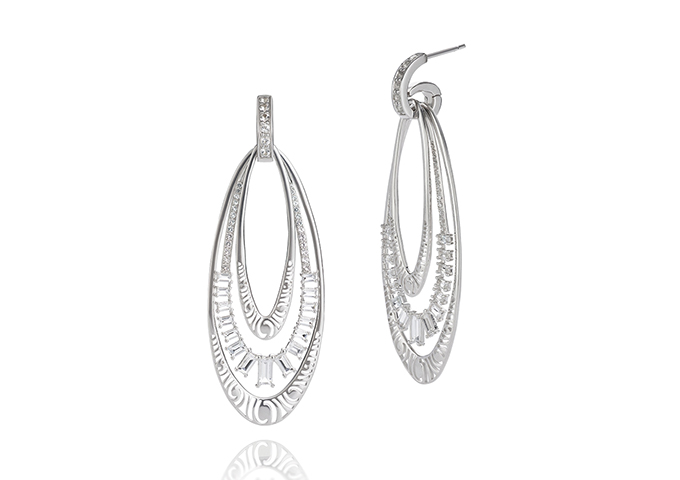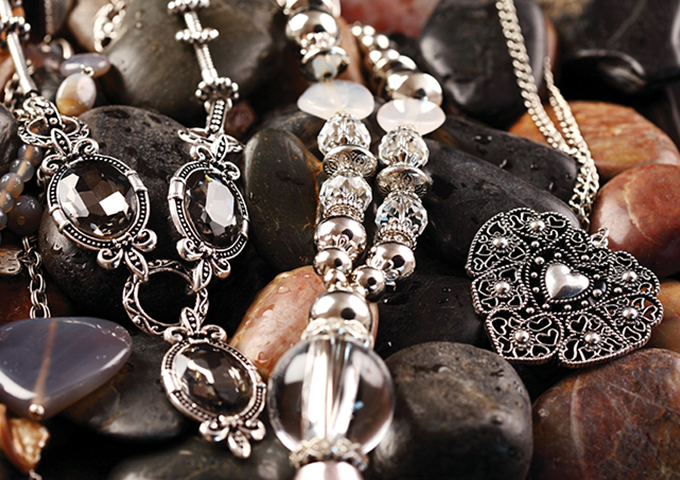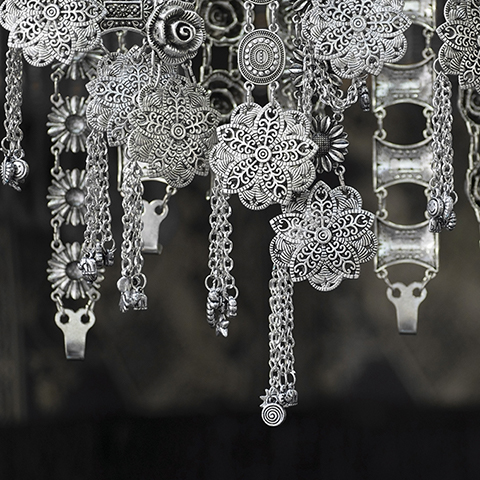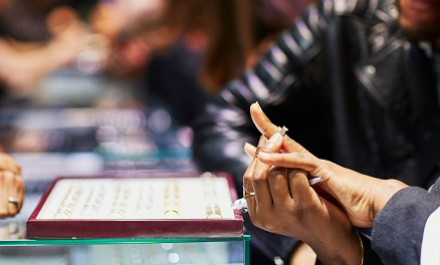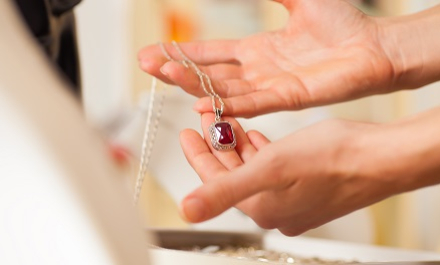Global silver demand was up 4 percent in 2018, fueled by investments and rising jewellery and silverware offtake, according to the World Silver Survey 2019.
Three positive developments emerged in the silver market last year, according to the recently released World Silver Survey 2019.
• Total silver demand increased for the first time since 2015, rising 4 percent to 1.03 billion ounces.
• There was a robust recovery in retail investment, led principally by silver bar demand, which climbed sharply last year.
• On the supply side, global mine supply fell for the third consecutive year, following a continuous streak of 13 annual increases before 2016. Silver scrap supply has been in retreat since 2012 and fell by nearly 2 percent last year. These factors led to another tightening of the supply/demand balance, contributing to a physical deficit of 29.2 million ounces (Moz) in 2018.
Silver jewellery sales continued their upswing in 2018. Retailers reported double-digit year-over-year sales increases. Silver jewellery sales in the US were strong in 2018 with 52 percent of jewellery retailers reporting improved sales, according to a survey conducted on behalf of the Silver Institute’s Silver Promotion Service (SPS).
Survey Highlights
• The average store growth in 2018 for silver jewellery sales was 16 percent.
• Retailers said their silver jewellery sales, as a percentage of their overall jewellery sales, were on average 24 percent of their unit volume and 18 percent of their dollar volume.
• 51 percent of respondents said silver experienced the best inventory turnover rate in 2018 compared to 12 percent for diamond, 14 percent for bridal and 12 percent for gold.
• 84 percent of retailers said they are optimistic that silver jewellery sales will continue to grow.
• The best maintained margins during the Holiday Season were
- Silver Jewellery 40%
- Diamond Jewellery 23%
- Bridal Jewellery 17%
- Gold Jewellery 15%
- Platinum Jewellery 5%
Silver demand
The 4 percent growth in total silver demand for 2018, reaching 1.03 billion ounces, marked a three-year high. The silver coin and bar category rose by 20 percent, although the rise was entirely driven by silver bar demand, which jumped by 53 percent. Silver bar demand was led by exceptionally strong sentiment in India, where demand leapt 115 percent from last year.
Silver jewellery demand moved 4 percent higher in 2018 to 212.5 Moz. India was again the standout, pushing its demand for jewellery up 16 percent to achieve a new record level. Demand also picked up in North America, with the US posting a 7 percent rise to an all-time high of 17.4 Moz.
Chinese jewellery fabrication slipped 5 percent last year to 25.4 Moz, with the fifth consecutive annual decline driven by softer economic performance and industry consolidation.
Global demand for silverware jumped by 6 percent last year to 61.1 Moz, led by a strong recovery in demand from India, which experienced a 10 percent increase to 41.8 Moz. Turkish silverware demand rose by 20 percent to 1.6 Moz, a level not seen since 2009.
Silver prices and supply
The annual average silver price fell by 7.8 percent to US$15.71/oz last year, with prices trading in a $13.97/oz – $17.52/oz range. A combination of factors, including a rising US dollar, interest rate hikes, the trade dispute between the US and China, and lower global economic growth projections from the International Monetary Fund, affected the silver price last year.
Global silver mine production fell 2 percent in 2018, experiencing its third consecutive annual decline to 855.7 Moz, following supply disruptions in Canada, Guatemala and the US.
Millennials
According to Invesp, millennial shopping in the US is expected to account for about 30 pecent of total retail sales by 2020. This will be the equivalent of US$1.4 trillion in sales revenue. Their sheer numbers and strong online presence mean merchants, big and small, are dependent on this customer base now more than ever. Take Amazon Prime, for instance, where close to 40 pecent of users were between the ages of 18 to 34 in 2017. While embracing the various e-commerce platforms (millennials now make 54 pecent of their purchases online) these consumers are not completely shunning bricks and mortar outlets, but gravitating toward a combination of the two: Using technology in the pre-buying process to eventually make in-store decisions. The challenge for the retail industry, and for the silver market in particular, is how to deliver the retail experience this generation is seeking, and importantly, to offer a product price point that will encourage increased retail activity.
